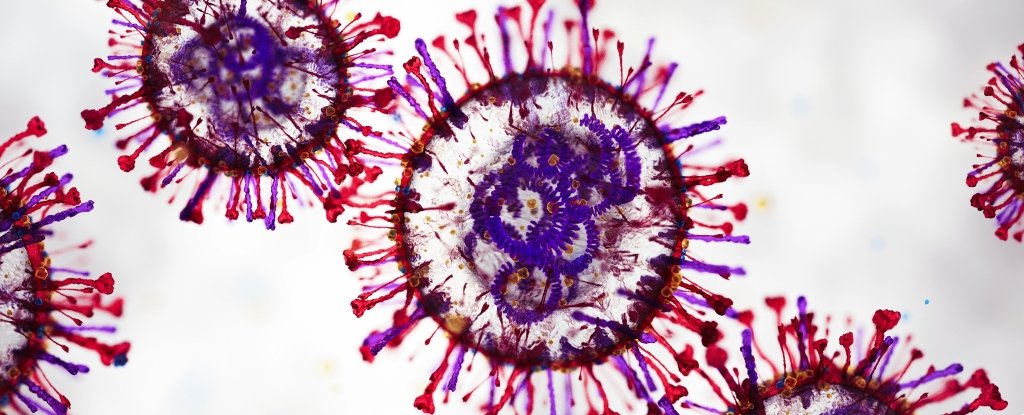Human Metapneumovirus (HMPV) is a respiratory virus that can affect people of all ages, particularly young children, older adults, and those with weakened immune systems. While its symptoms often mimic the common cold or flu, understanding the risks and preventive measures associated with HMPV is essential for protecting yourself and your loved ones.
What is HMPV?
HMPV is a viral infection that primarily targets the respiratory system. Discovered in 2001, it is part of the Pneumoviridae family and shares similarities with respiratory syncytial virus (RSV).
- Transmission: HMPV spreads through respiratory droplets, direct contact with infected individuals, or contaminated surfaces.
- Seasonality: It is most prevalent during late winter and early spring.
Symptoms of HMPV
HMPV symptoms can range from mild to severe, depending on the individual’s health and age. Common symptoms include:
- Mild Cases:
- Runny nose
- Cough
- Sore throat
- Low-grade fever
- Severe Cases:
- Shortness of breath
- Wheezing
- High fever
- Difficulty breathing (particularly in infants or the elderly)
In some cases, HMPV may lead to complications such as pneumonia or bronchitis.
Who is at Risk?
Certain groups are more vulnerable to severe HMPV infections, including:
- Infants and young children: Their developing immune systems make them more susceptible.
- Older adults: Age-related immune decline increases risk.
- Individuals with chronic health conditions: Those with asthma, COPD, or cardiovascular disease are at higher risk.
- Immunocompromised individuals: People undergoing cancer treatment or living with HIV/AIDS are more vulnerable.
Prevention of HMPV
While there is currently no vaccine for HMPV, preventive measures can significantly reduce the risk of infection:
1. Practice Good Hygiene
- Wash hands thoroughly with soap and water for at least 20 seconds.
- Use hand sanitizer with at least 60% alcohol when soap isn’t available.
- Avoid touching your face, especially your eyes, nose, and mouth.
2. Limit Contact with Infected Individuals
- Keep a safe distance from people showing symptoms of respiratory illness.
- Avoid crowded places during peak seasons for respiratory infections.
3. Disinfect Frequently Touched Surfaces
- Clean doorknobs, light switches, and electronic devices regularly with disinfectant wipes.
4. Strengthen Your Immune System
- Eat a balanced diet rich in fruits and vegetables.
- Get regular exercise and adequate sleep.
- Stay hydrated and manage stress levels.
When to Seek Medical Attention
Contact a healthcare provider if:
- Symptoms persist for more than 10 days.
- Breathing becomes labored or wheezing occurs.
- A high fever develops that doesn’t respond to medication.
Infants, older adults, or immunocompromised individuals should seek medical attention at the first sign of severe symptoms.

Conclusion
Understanding HMPV, its symptoms, risks, and prevention is crucial for safeguarding public health. By practicing good hygiene, maintaining a strong immune system, and staying informed, you can minimize the impact of HMPV on yourself and your family. If you or a loved one experience severe symptoms, don’t hesitate to seek medical care. Awareness and proactive measures are your best defenses against this common yet potentially serious virus.

